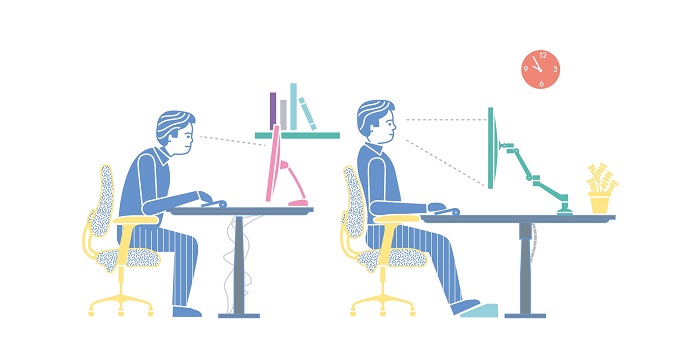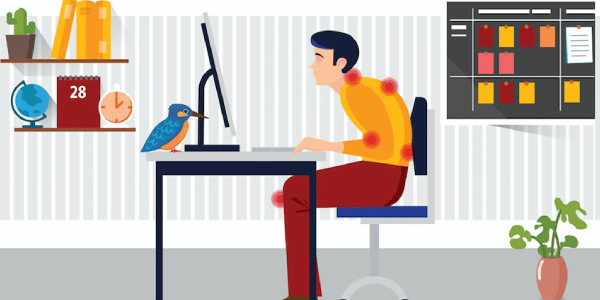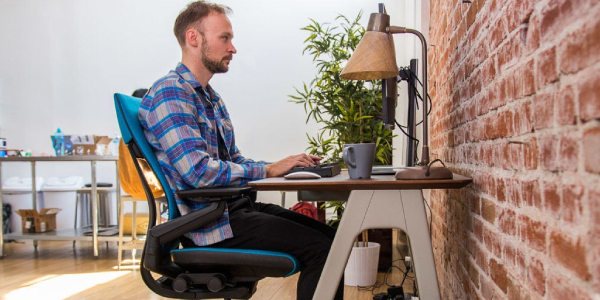The Ergonomics of the Digital Workplace
New technologies, on the other hand, make it easier for employees to work anywhere. Instead of sitting at a single desk, most employees today use laptops in agile workplaces and work all day around the office. Due to this increased versatility, the workplace needs a new ergonomic strategy. Modern ergonomics has a greater scope than the old approach to the workplace for modular office furniture, which is based on uniformity. Employees are assigned the same cabins, use the same equipment and leave the office together.
Workplace is evolving as more and more organizations create workplaces that replace private offices, workplaces and group work, as traditional office ergonomics do not take this type of space into account. Active ergonomics is the application of ergonomic principles to the workplace to create a safe and productive environment for individuals and groups working anywhere. He encourages employees to abandon conventional ergonomics in favour of what he calls active ergonomics.
How to Improve Ergonomics In Your Workplace
.Anthropometry is a form of ergonomics that looks at how an employee communicates with its immediate environment, such as posture, hand and eye position in relation to a computer monitor or laptop. Ambient is a term that refers to the entire working environment, including air quality, lighting, noise level and office temperature. The workers “movement includes the way employees move around the workplace and how they move around a particular workplace. In other words, good ergonomic aspects in the workplace promote, rather than hinder, the well-being of employees.

As organizations introduce more versatile seating arrangements, such as activity-oriented work, readability is a critical component of good ergonomics. Readability refers to the ease with which people can access the workplace layout and understand the intended use of the space. Employees in an easy-to-read workplace are able to find and use the kind of space they need.
It should be intuitive and predictable, and its layout should make it easier for new employees and visitors to navigate. Offer laptop users ergonomic amenities such as height-adjustable seating / standing tables, adaptable screens, and external mice and keyboards.
Reduce glare and eye strain by requiring staff to use desk lamps. Ensure that high traffic and noise areas are isolated from the quiet work areas at work. They should also ensure that temperature control and ventilation are adequate and perform preventive maintenance.
This makes it easier for employees to find the individual workplace. At this point, signpost software and digital signage will be useful.
It is important to look at ergonomics from an overall perspective in order to serve not only the health and well-being of employees, but also their productivity. Do not postpone the implementation of active ergonomic principles in the workplace.






